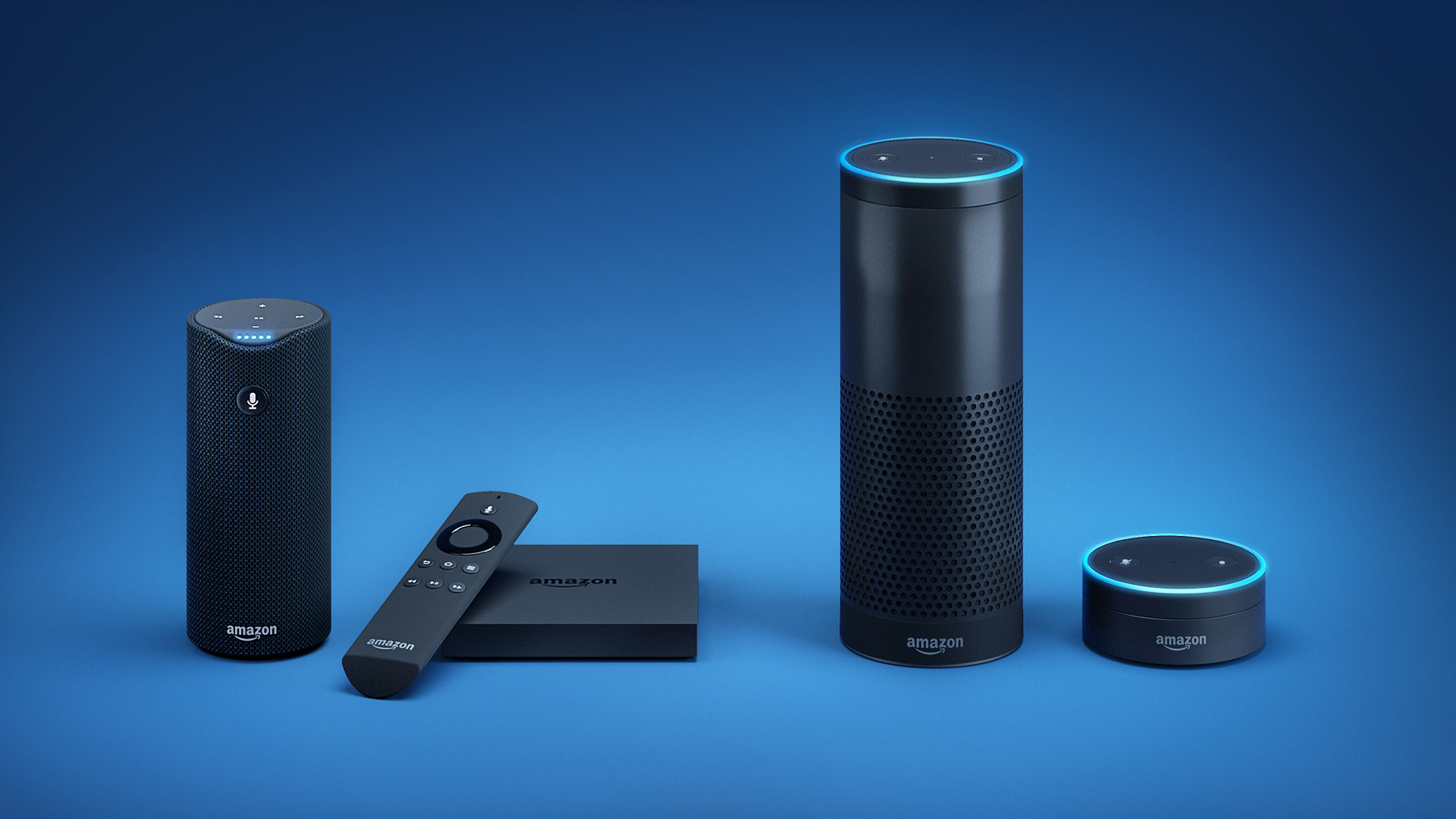Alexa, can you acquire new customers for marketers?
If smart assistants like Amazon’s Alexa make it easy to reorder products, how can brands get people to try out something new?

The family of Amazon Alexa devices
“Alexa, order ketchup.”
“Okay. Would you like me to re-order Heinz –“
“Sure.”
“– or would you like to try Hunt’s?”
“Huh?”
The first part of the above conversation is a reality today. Internet-connected voice assistants like Amazon’s Alexa offer a hands-free way to buy things without any need for browsing. The second part of the conversation is a fantasy for marketers and one that could be something of a nightmare if it never becomes reality. If it’s so easy to re-order the products you already buy without even browsing other options, how likely are you to try a new brand?
Amazon’s Alexa has been the breakout star of this year’s Consumer Electronics Show, an annual showcase of technology’s latest trends. Alexa was initially limited to Amazon’s Echo line of smart speakers, but device makers like Lenovo, LG and Whirlpool announced at CES that they are embedding Alexa into their own speakers, refrigerators and washing machines, creating an opportunity to tether together those devices to turn the so-called Internet of Things into an actual ecosystem.
The Internet of Things has been a popular trend at CES in recent years. By connecting your household devices to the internet, your washing machine could push a notification to your phone alerting you when the clothes are done, and your refrigerator can order your groceries.
But to date, the Internet of Things hasn’t been so much an ecosystem as a proximate happenstance. Your washing machine and refrigerator may be connected to the internet but not to each other, so managing them was like managing your home entertainment system before you got a universal remote. Internet of Things assistants like Amazon’s Alexa and Google’s Echo-rivaling Home are the universal remote for the Internet of Things.
That unification may make it more likely that people will not only buy but use internet-connected appliances. And that’s where the promise and potential problem lie for marketers. Alexa is made by Amazon, meaning it’s a service made for shopping, among other things. That’s great for brands who want to make it as easy as possible for people to buy their products. But it’s potentially less great if people aren’t already buying their products.
“When your refrigerator is auto-replenishing your pantry, it’s harder to change the pattern of what you buy,” said Brian Spencer, VP at WPP’s shopper marketing arm, Geometry Global, during a CES event hosted by WPP’s Xaxis and Triad Retail Media.
Before people get in the habit of buying a particular brand of product, “there’s an opportunity to influence their decision. But now the opportunity to influence is dwindling,” said Brian Gleason, global CEO of WPP-owned GroupM’s data-and-technology arm [m]Platform.
Internet of Things assistants like Alexa and Google’s Google Assistant make it easy for people to repeat old habits. Instead of driving to the store, surveying the shelves of laundry detergent and coming across a new brand to try because the packaging catches your eye and the price is right, you can tell Alexa to re-order the same brand you usually buy and have it delivered to your door. You don’t even have to think about it. But marketers want you to think about it, to consider whether what you usually buy is what you should still buy, whether it’s time to try something new. That’s how they convert you from their rival’s customer to their own.
Alexa doesn’t host advertising, nor does Google Home. And that’s for good reason. If your assistant is constantly challenging your choices, how likely are you to interact with it? How likely are you to want to live with a salesperson? They are supposed to make your lives easier, less complicated.
But that doesn’t mean ads can’t play that part. Alexa could offer an opt-in setting to offer coupons when available, so that in the aforementioned example, she presents Hunt’s as an option but only because it’s a dollar off. Or if a product isn’t available, brands could pay to have Alexa offer theirs as an alternative.
And it’s as easy to imagine Alexa-devices and Google Home with ads one day as without them today. Both Amazon and Google operate advertising businesses, and marketers are always looking for new ways to get in front of potential customers.
Until then, brands must rely on other avenues for advertising to make sure their product comes to mind, not only when you’re shopping in the store, but from your fridge.
“Now branding is more important,” said Gleason.
Contributing authors are invited to create content for MarTech and are chosen for their expertise and contribution to the martech community. Our contributors work under the oversight of the editorial staff and contributions are checked for quality and relevance to our readers. MarTech is owned by Semrush. Contributor was not asked to make any direct or indirect mentions of Semrush. The opinions they express are their own.
Related stories